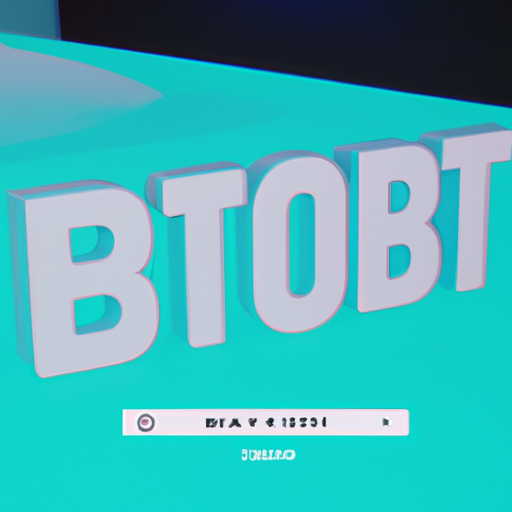The Art of Innovation Scouting: How to Find New Ideas from Other Industries
- michael
- May 9, 2023
Innovation is a critical driver of success in any business. However, generating new ideas
can be a challenging task, especially in industries that are highly competitive or rapidly
evolving. One approach to idea generation is innovation scouting, which involves looking
for new ideas and inspiration from other industries. In this article, we will explore the art
of innovation scouting and how businesses can use it to find new ideas.
1. Define Your Goals
The first step in innovation scouting is to define your goals. This involves identifying the
specific challenges or opportunities that your business is facing, and understanding the
broader context in which these challenges or opportunities exist. Defining your goals
clearly and accurately is essential for identifying potential areas of cross-industry learning
and collaboration.
2. Identify Relevant Industries
Once your goals have been defined, it is important to identify relevant industries that may
offer insights or ideas that can be applied to your business. This may involve researching
industries that are related to your business or that face similar challenges. By identifying
relevant industries, businesses can focus their efforts on areas of cross-industry learning
and collaboration that are most likely to yield results.
3. Network and Collaborate
Networking and collaboration are key components of innovation scouting. Businesses can
attend industry events, participate in online forums, and engage with experts in relevant
industries to build relationships and exchange ideas. Collaboration can also involve
partnering with other businesses or organizations to share resources and expertise.
4. Embrace Diversity
Diversity is another important aspect of innovation scouting. By seeking out perspectives
and ideas from individuals with diverse backgrounds and experiences, businesses can gain
new insights and identify potential areas for innovation. Diversity can also help businesses
identify blind spots and overcome biases that may be limiting their thinking
5. Test and Iterate
Finally, it is important to test and iterate on new ideas that have been generated through
innovation scouting. This involves implementing new ideas on a small scale and evaluating
their effectiveness. By testing and iterating, businesses can refine their ideas and develop
solutions that are tailored to their specific needs and goals.
Example: A retail company may use innovation scouting to identify new ideas for
improving their customer experience. By defining their goals, identifying relevant
industries, networking and collaborating, embracing diversity, and testing and iterating, the
company may be able to identify new ideas for streamlining the checkout process,
improving product recommendations, and personalizing the shopping experience.
Innovation scouting is a powerful tool for businesses looking to stay ahead of the curve
and innovate in their industry.
Here are some additional strategies that can help businesses get the most out of innovation scouting:
6. Stay Up-to-Date with Industry Trends
Innovation scouting requires a deep understanding of the current state of your industry and
the trends that are shaping it. By staying up-to-date with industry trends and emerging
technologies, businesses can identify potential areas for innovation and stay ahead of the
competition. This may involve attending industry conferences, following industry
publications, and engaging with experts in the field.
7. Encourage Employee Involvement
Innovation scouting is not just the responsibility of senior management or business leaders.
Encouraging employee involvement in the process can help businesses generate new ideas
and perspectives. Employees who work directly with customers or who have specialized
expertise can provide valuable insights that may not be available through traditional
research methods.
8. Foster a Culture of Innovation
Innovation scouting is most effective when it is integrated into the culture of the business.
By fostering a culture of innovation, businesses can encourage employees to think
creatively and develop new ideas. This may involve providing training and resources for
idea generation and encouraging experimentation and risk-taking.
9. Evaluate Results
Finally, it is important to evaluate the results of innovation scouting to ensure that it is
driving positive outcomes for the business. This may involve setting metrics and
benchmarks to track progress, and regularly reviewing performance data to identify areas
for further improvement. By evaluating results, businesses can refine their approach to
innovation scouting and continuously improve their processes and outcomes.
Example: An automotive company may use innovation scouting to identify new ideas for
improving the safety of their vehicles. By staying up-to-date with industry trends,
encouraging employee involvement, fostering a culture of innovation, and evaluating
results, the company may be able to identify new safety technologies, materials, and
manufacturing processes that improve the safety and reliability of their vehicles.
Conclusion
In conclusion, innovation scouting is a powerful tool for businesses looking to generate
new ideas and stay ahead of the competition. By implementing the additional strategies
outlined in this article, businesses can stay up-to-date with industry trends, encourage
employee involvement, foster a culture of innovation, and evaluate results to continuously
improve their approach to innovation scouting. By embracing this art, businesses can drive
growth and success in their operations and achieve their long-term goals.

Robotic Process Automation
Blog Categories
Feel free to get in touch with our experts.
Other articles
Emerging Chatbot Trends: AI Technology, NLP, Sentiment Analysis & Multi-Language Support for Customer Support
Enhancing healthcare through intelligent conversation. Enhancing Mental Health Support and...
Read MoreHow to Get Started with AI and RPA
Introduction to AI and RPA: A Beginner’s Guide Artificial Intelligence...
Read MoreAI and RPA for Customer Service
The Impact of AI and RPA on Customer Service: Enhancing...
Read More


